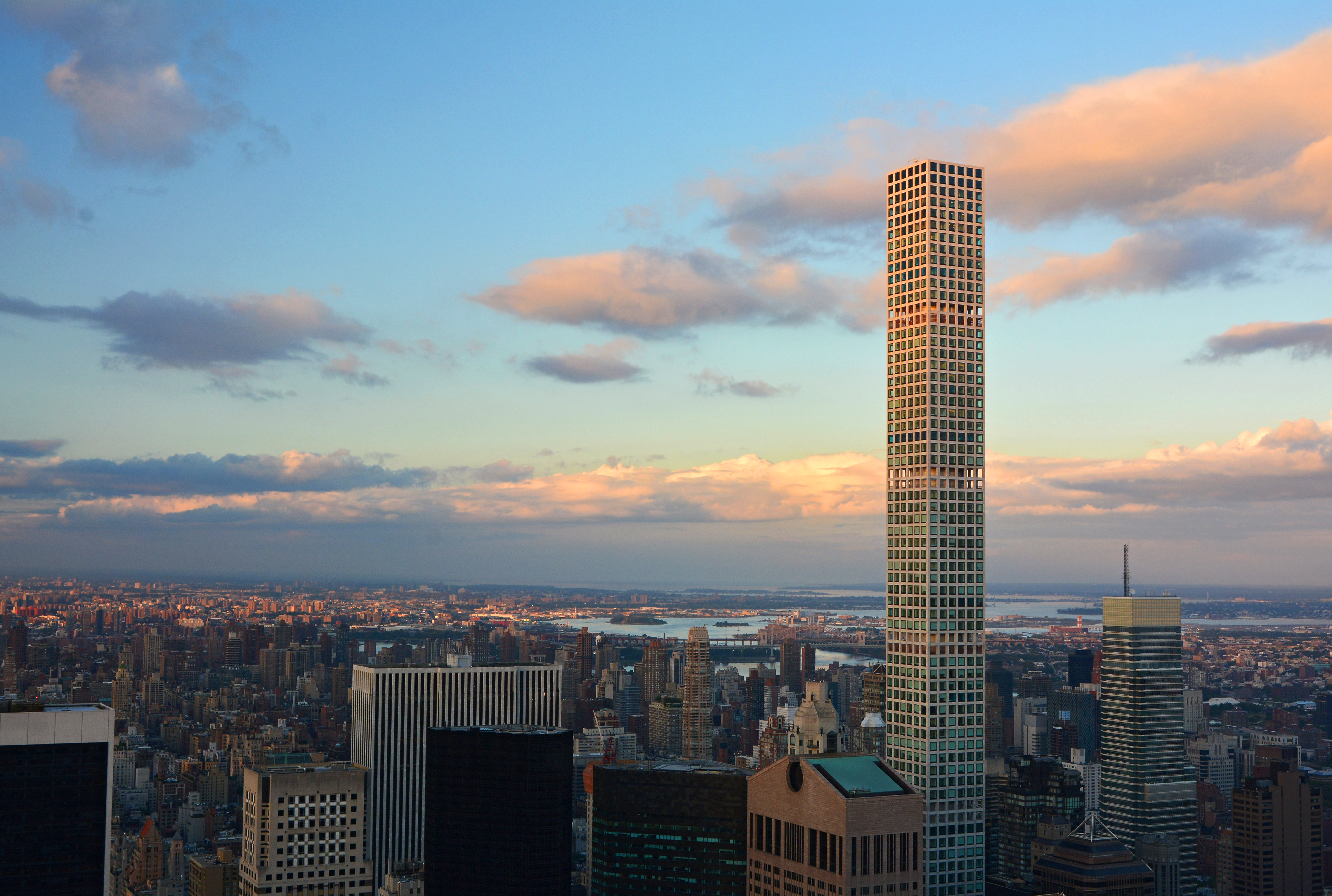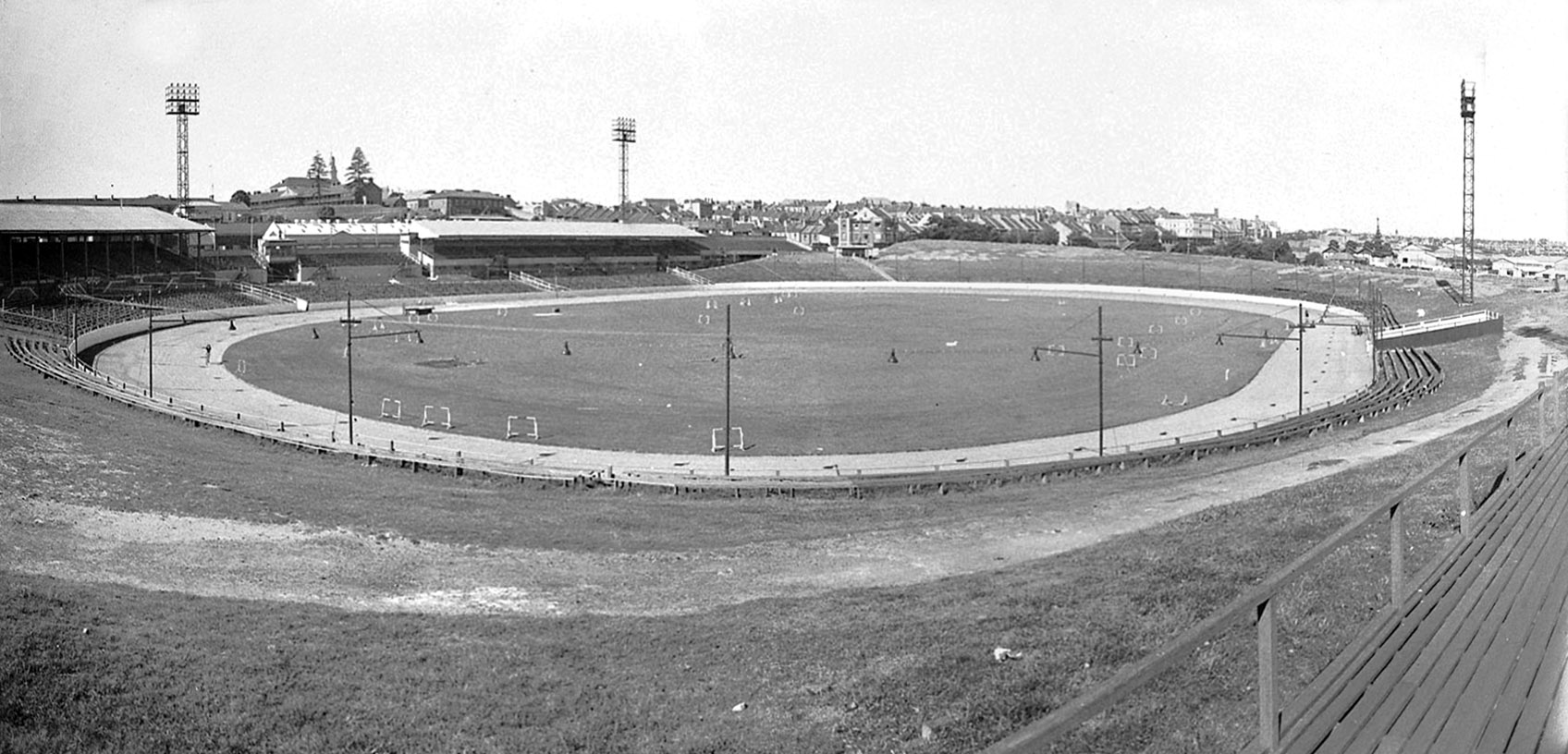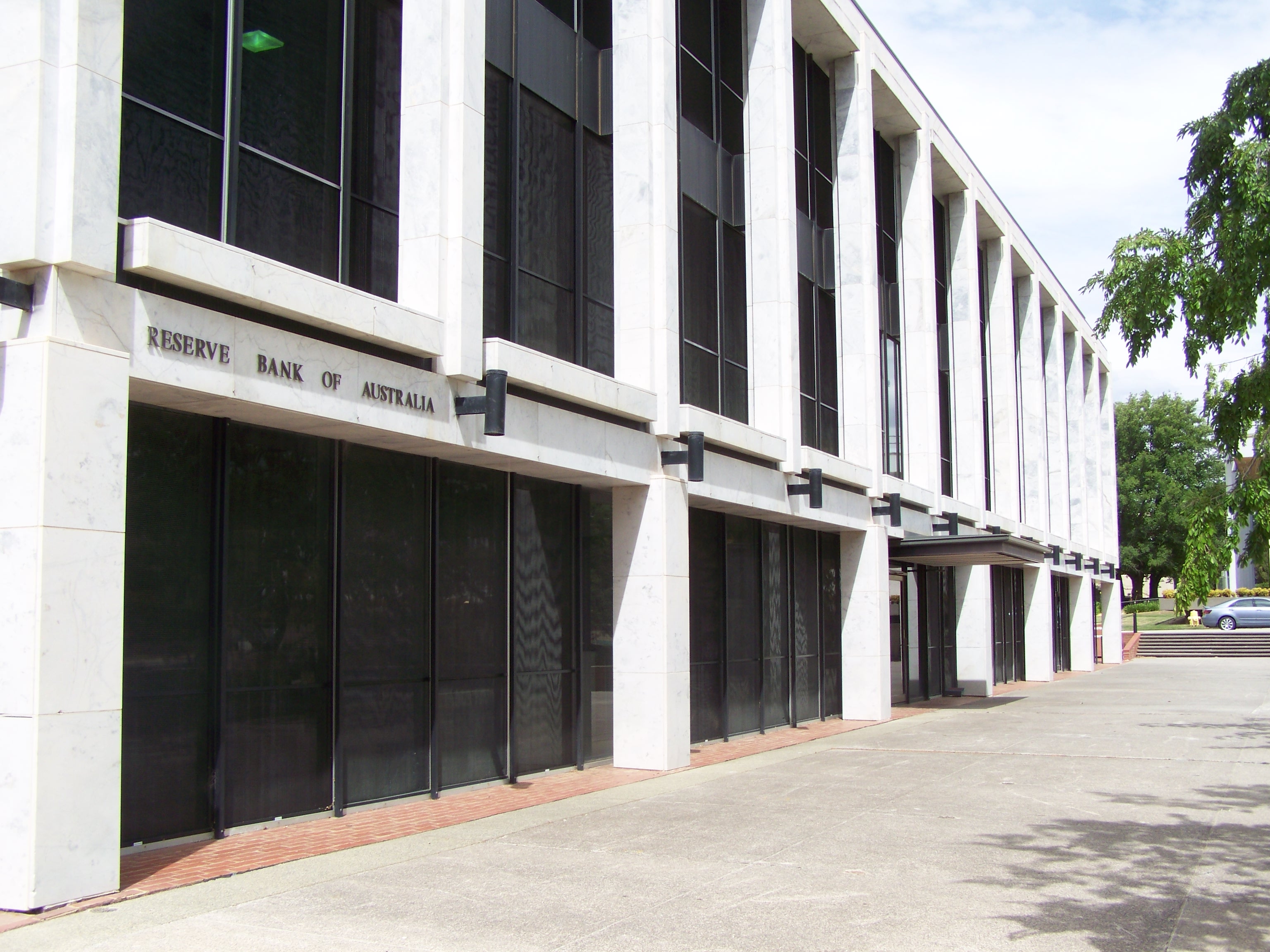|
Civil And Civic
Civil & Civic was an Australian construction company. Founded in 1951, it was acquired in 1961 by Lend Lease Corporation. History Civil & Civic was founded by Dick Dusseldorp in 1951 on behalf of Dutch building companies Bredero's Bouwbedrijf and The Royal Dutch Harbour Company as an Australian building contractor. Its first contract was to supply and erect 200 prefabricated houses for the Snowy Mountains Authority which had been established by William Hudson, engineer of the Snowy Mountains Scheme.Modern Townships for Snowy Mountains Workers '' Sydney Morning Herald'' 12 January 1954 page 11 Hudson's greatest obstacle in the completion of the scheme was the provision of labour and materials. Withou ... [...More Info...] [...Related Items...] OR: [Wikipedia] [Google] [Baidu] |
Bovis Lend Lease
Lendlease is a globally integrated real estate company that creates and invests in communities, workplaces, retail, and infrastructure projects, headquartered in Barangaroo, New South Wales, Australia. History Founding The company was established as Lend Lease by Dick Dusseldorp in 1958 to provide finance for building contracts being undertaken by Civil & Civic. In 1961 the company acquired Civil & Civic from Bredero's Bouwbedrijf. Lendlease first listed on the ASX in 1962. Operations expanded to the United States in 1971 and to Singapore in 1973. In 1983 Lendlease created 'The Lendlease Foundation', their charitable arm to improve communication with and help in communities, as well as caring for both community and employee well-being. In 1982, Lendlease acquired 50% of MLC Life Limited and in 1985 acquired the balance of the company. MLC's multi-manager, multi-style investment philosophy was introduced in 1986. It was later sold to National Australia Bank in the year 2000 ... [...More Info...] [...Related Items...] OR: [Wikipedia] [Google] [Baidu] |
MLC Centre
25 Martin Place (formerly the MLC Centre) is a skyscraper in Sydney, Australia. Designed by architect Harry Seidler, it stands at a height of 228 metres (748 ft) with 67 storeys, and remains one of his most definitive works. The building was awarded the Sir John Sulman Medal by the Australian Institute of Architects. Originally named the "MLC Centre" after MLC Limited, and still commonly referred to by that name, in 2021 the name was removed by its owner, Dexus, which now refers to the building simply by its street address of 25 Martin Place. Location and features The building is a stark white, modernist column in an octagonal floorplan, with eight massive load-bearing columns in the corners that taper slightly towards the top. It is one of the world's tallest reinforced concrete buildings and was one of the tallest buildings in the world outside North America at the time of its completion. The MLC Centre was Sydney's tallest office building from 1977 to 1992. The MLC Ce ... [...More Info...] [...Related Items...] OR: [Wikipedia] [Google] [Baidu] |
Companies Based In Sydney
A company, abbreviated as co., is a legal entity representing an association of people, whether natural, legal or a mixture of both, with a specific objective. Company members share a common purpose and unite to achieve specific, declared goals. Companies take various forms, such as: * voluntary associations, which may include nonprofit organizations * business entities, whose aim is generating profit * financial entities and banks * programs or educational institutions A company can be created as a legal person so that the company itself has limited liability as members perform or fail to discharge their duty according to the publicly declared incorporation, or published policy. When a company closes, it may need to be liquidated to avoid further legal obligations. Companies may associate and collectively register themselves as new companies; the resulting entities are often known as corporate groups. Meanings and definitions A company can be defined as an "artificial per ... [...More Info...] [...Related Items...] OR: [Wikipedia] [Google] [Baidu] |
Newington, New South Wales
Newington is a western suburb of Sydney, in the state of New South Wales, Australia. It is 16 kilometres west of the Sydney central business district, in the local government area of City of Parramatta. Newington is 2 km west of Wentworth Point, on the Parramatta River, and 1 km north-west of Sydney Olympic Park. It is best known as the location of the Athletes Village for the 2000 Summer Olympics and 2000 Summer Paralympics. The Athlete's Village was converted to residential apartments after the Olympic Games and Paralympic Games. Other apartments and free-standing houses have also been built since. A reserve opposite Newington Marketplace memorial features a complete roster of the Australian team at the 2000 Summer Olympics and 2000 Summer Paralympics. History The suburb of Newington took its name from the Newington Estate which was named by John Blaxland after his family estate in Kent, England.''The Book of Sydney Suburbs'', Compiled by Frances Pollon, Angus & ... [...More Info...] [...Related Items...] OR: [Wikipedia] [Google] [Baidu] |
Sydney Football Stadium (1988)
The Sydney Football Stadium, commercially known as Allianz Stadium and previously Aussie Stadium, was a football stadium in Moore Park, Sydney, Australia. Built in 1988 next to the Sydney Cricket Ground, the stadium was Sydney's premier rectangular field venue for rugby league, rugby union, and soccer. The Kangaroos, the Wallabies, and the Socceroos occasionally played at the stadium, while the Sydney Roosters, NSW Waratahs, and Sydney FC were the ground's major tenants. The stadium usually held both National Rugby League semi finals and one preliminary final, and also held the annual pre-season Charity Shield football match between South Sydney and St George Illawarra for a number of years. It hosted all New South Wales Rugby League/Australian Rugby League rugby league grand finals, as well as the first grand final under the NRL banner, between 1988 and 1998. The NSW Government announced plans in November 2017 for the stadium to be demolished and rebuilt. The stadium clos ... [...More Info...] [...Related Items...] OR: [Wikipedia] [Google] [Baidu] |
Rod Laver Arena
Rod Laver Arena is a multipurpose arena located within Melbourne Park, in Melbourne, Victoria, Australia. The arena is the main venue for the Australian Open, the first Grand Slam tennis tournament of the calendar year. History Replacing the aging Kooyong Stadium, construction on the arena began in 1985. It was undertaken by Civil & Civic was completed in 1987 at a cost of AU$94 million. It opened on 11 January 1988 for the 1988 Australian Open. Originally known in 1988 as the National Tennis Centre at Flinders Park, the arena has officially changed its name twice. First in 1996, when it was known as the Centre Court, and again on 16 January 2000 to honour Rod Laver, a three-time winner of the Australian Open and one of the world's greatest tennis players. Features Rod Laver Arena has a seating capacity of 14,820, with a capacity of 15,400 for sports such as basketball, when extra seats are added around the court, and up to 14,200 for concerts with floor seating. The arena ... [...More Info...] [...Related Items...] OR: [Wikipedia] [Google] [Baidu] |
Parramatta Stadium
Parramatta Stadium was a sports stadium in Parramatta, New South Wales, Australia, 23 kilometres west of Sydney's central business district. The stadium was the home ground of several western Sydney-based sports teams, at the time of closure the most notable were the Parramatta Eels of the National Rugby League and the Western Sydney Wanderers of the A-League. Cumberland Oval was the local name for the cricket, motor sports and rugby venue that had existed prior to Parramatta Stadium being built, with the area having been used for recreational activities since 1788, the founding year of the British colony in New South Wales. The stadium also hosted numerous other sporting and cultural events since its opening in 1986. Michael Jackson performed there during his Bad World Tour on 20–21 November 1987, and Paul McCartney concluded the Australian leg of The New World Tour with two shows there on 22–23 March 1993. In 2015 the NSW Government announced that the stadium would be ... [...More Info...] [...Related Items...] OR: [Wikipedia] [Google] [Baidu] |
The Connaught (Sydney)
The Connaught is a landmark residential apartment building in Sydney, Australia overlooking Hyde Park. It is known for being one of the first high-rise strata apartment buildings in Sydney and for its string of famous residents. History The site where The Connaught stands today was originally the site of the Paris Theatre designed by architect Walter Burley Griffin, and demolished in 1981. The thirty-storey Connaught was completed in 1984 by Civil & Civic, builders of the Sydney Opera House, and was named in honour of the Duke of Connaught, Prince Arthur, third son of Queen Victoria and former Governor-General of Canada. Notable residents The Connaught has been home to many famous and infamous residents over its thirty-year history. Notable residents have included singers Michael Hutchence and Kylie Minogue, reporter Jana Wendt, film critic Margaret Pomeranz, showbusiness veteran Barry Crocker, reporter Richard Wilkins, infamous criminal Christopher Dale Flannery, lawye ... [...More Info...] [...Related Items...] OR: [Wikipedia] [Google] [Baidu] |
Jolimont Centre
The Jolimont Centre is a commercial building in Canberra, Australia. It is also the city's long-distance coach station. History In the late 1920s, a timber building named the Jolimont Building was erected in Civic, on a block bounded by Northbourne Avenue, Alinga, Moore, and Rudd Streets. The building had originally been manufactured in England in 1899 for use at Jolimont railway station in Melbourne.At last, a plan to develop the Jolimont site '''' 13 October 1981 page 2 It was partially damaged by fire in 1969, and was demolished in 1977. In 1978, approval was granted for the construction of a hotel complex and a long-distance coach terminal. Aft ... [...More Info...] [...Related Items...] OR: [Wikipedia] [Google] [Baidu] |
Reserve Bank Of Australia Building, Canberra
The Reserve Bank of Australia Building is a heritage-listed bank building at 20-22 London Circuit, City, Canberra, Australian Capital Territory, Australia. It was designed by Howlett and Bailey in 1962 and built from 1963 to 1965 by Civil & Civic. It was added to the Australian Commonwealth Heritage List on 22 June 2004. History On 13 January 1913 the Savings Bank Department of the Commonwealth Bank opened for business in Canberra. A week later the Savings Bank Department and General Banking commenced operations. Both departments occupied a room in the Administrative Offices in Acton. In October 1913, the Commonwealth Bank moved into its own premises, erected by the Department of Home Affairs, in Acton. In June 1925 the Chairman of the Federal Capital Commission raised the question of permanent premises for the Commonwealth Bank in Canberra. The proposal received a positive response from the Commonwealth Bank Board in July 1925 and the Deputy Governor visited Canberra to con ... [...More Info...] [...Related Items...] OR: [Wikipedia] [Google] [Baidu] |
Reserve Bank Of Australia Building, Sydney
Reserve Bank of Australia Building is a heritage-listed bank building at 65 Martin Place, Sydney, New South Wales, Australia. It was added to the Australian Commonwealth Heritage List on 22 June 2004. History Martin Place was originally a small lane called Moore Street which ran between George Street and Pitt Street and was widened into a substantial thoroughfare as part of the setting for the General Post Office in 1891. In 1921, Moore Street was renamed Martin Place. In 1926, the Municipal Council of Sydney purchased a number of properties in Macquarie and Phillip Streets in anticipation of the extension of Martin Place to Macquarie Street, including those properties which would later be demolished for the Reserve Bank of Australia's head office building. After Martin Place was formed the residential land on either side of the street was auctioned in 1936 however, the properties between Phillip and Macquarie Streets were passed in and did not sell until after World War ... [...More Info...] [...Related Items...] OR: [Wikipedia] [Google] [Baidu] |
Australian Academy Of Science
The Australian Academy of Science was founded in 1954 by a group of distinguished Australians, including Australian Fellows of the Royal Society of London. The first president was Sir Mark Oliphant. The academy is modelled after the Royal Society and operates under a Royal Charter; as such, it is an independent body, but it has government endorsement. The Academy Secretariat is in Canberra, at the Shine Dome. The objectives of the academy are to promote science and science education through a wide range of activities. It has defined four major program areas: :* Recognition of outstanding contributions to science :* Education and public awareness :* Science policy :* International relations The academy also runs the 22 National Committees for Science which provide a forum to discuss issues relevant to all the scientific disciplines in Australia. Origins The Australian National Research Council (ANRC) was established in 1919 for the purpose of representing Australia on the In ... [...More Info...] [...Related Items...] OR: [Wikipedia] [Google] [Baidu] |






